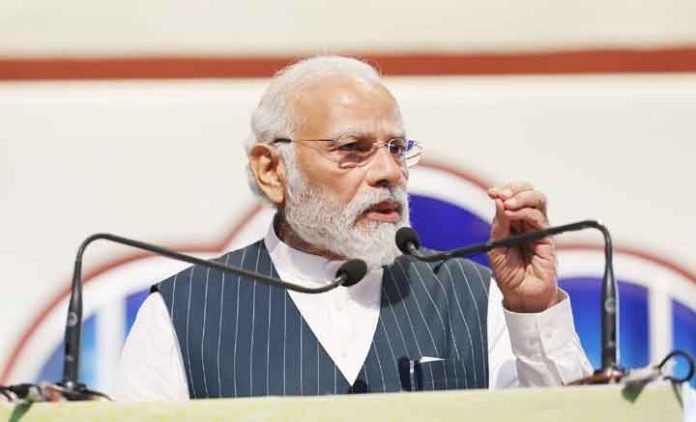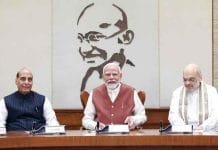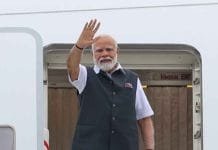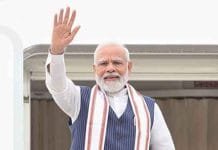For decades, the idea of hopping onto a train in Katra and sipping chai in Srinagar just three hours later felt like a pipe dream — a line from a political manifesto or a line in some engineer’s dusty project file. But that dream is about to become reality.
On April 19, Prime Minister Narendra Modi will flag off the first-ever Vande Bharat train to the Kashmir Valley, running from Vaishno Devi Katra to Srinagar. This isn’t just another train — it’s a symbol of what decades of determination, daring, and design can deliver.
From Pilgrimage to Paradise, Without the Pain
Until now, reaching Srinagar from Jammu meant a 7–8 hour road journey — often through unpredictable terrain, weather delays, and landslides that seemed to have their own calendar. But this Vande Bharat? It’s cutting that time in half, bringing the Valley within a three-hour reach.
And it’s not just about speed — it’s about style and strength. With eight sleek chair-car coaches packed with modern features, including temperature-controlled water systems to beat the sub-zero chill, this train is engineered for comfort in the harshest of environments.
A Journey Through the Sky and Stone
The Katra–Srinagar Vande Bharat will run on the newly completed Udhampur-Srinagar-Baramulla rail link (USBRL) — a marvel that took over three decades to complete. This 119-kilometre stretch isn’t just railway — it’s raw engineering muscle: 38 tunnels, towering bridges, and India’s own rail wonder — the world’s highest railway bridge over the Chenab river in Reasi, taller than even the Eiffel Tower.
Every kilometer of this route is a tale of grit — of engineers battling freezing winds, tunneling through unforgiving rock, and stitching together a path across Himalayan heights.
More Than a Train — A Tipping Point
The arrival of Vande Bharat in the Kashmir Valley isn’t just a moment of pride for the Indian Railways — it’s a turning point for regional development. Faster, safer, and more reliable connectivity will open up new opportunities — from tourism and trade to education and employment.
And this is just the beginning. Railway officials say the service will eventually be extended to Jammu, ensuring the entire region is pulled closer into the national fold — not just by geography, but by growth.
















